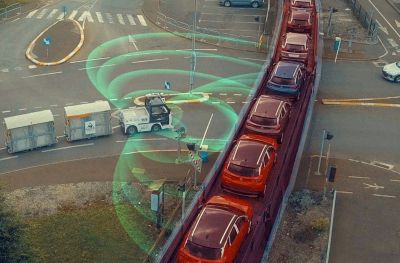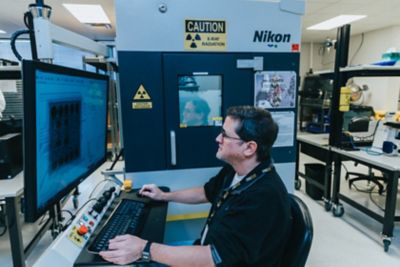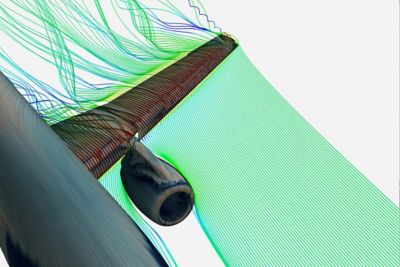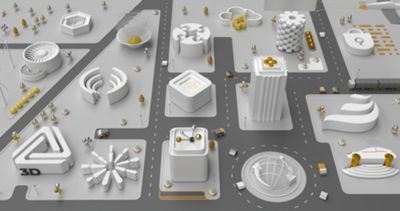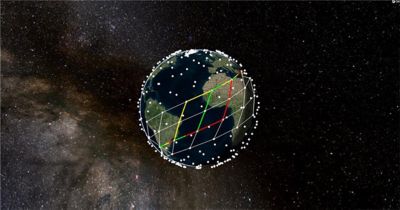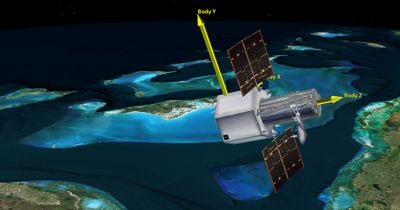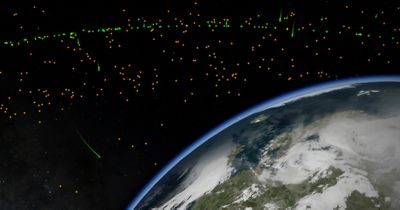-
United States -
United Kingdom -
India -
France -
Deutschland -
Italia -
日本 -
대한민국 -
中国 -
台灣
-
Ansys is committed to setting today's students up for success, by providing free simulation engineering software to students.
-
Ansys is committed to setting today's students up for success, by providing free simulation engineering software to students.
-
Ansys is committed to setting today's students up for success, by providing free simulation engineering software to students.
-
Contact Us -
Careers -
Students and Academic -
For United States and Canada
+1 844.462.6797

With the recent overhaul of the chain object in Ansys Systems Tool Kit (STK) digital mission engineering software, chains have been given new tools for users to employ. One of the biggest additions to the chain object is the ability to compute the optimal strand of the chain. Now on a chain’s Optimal Strand page, you can find the best strand when comparing metrics, such as distance or processing delay. On top of that, you can bring in your own custom metrics by creating a calculation scalar through STK software’s Analysis Workbench feature. In STK software, a new metric is being added to further expand the possibilities of chains: the duration metric.
With the introduction of the duration metric, you can now solve for which strand will last the longest (or shortest) from a given time step. This enables a variety of analyses, such as finding the object that has the longest access to a target with each pass, determining which multihop path to use to minimize the number of reroutes, exposing the objects that fail to contribute sufficient coverage over an area, and more.
The logic behind the duration metric was built primarily to help solve the problem of minimizing the number of switches between target objects to maintain continuous access. If the duration metric is set to solve for the maximum duration and two accesses were to begin at the same time, the optimal strand will be the access with the longer access duration. This strand is then kept as the optimal strand until its access is broken. Once the access is broken, the maximum duration is then resolved for all strands currently with access.
For instance, in the example below, Target1 is available from 16:00 to 17:00 (60 minutes of availability), Target2 is available from 16:10 to 17:40 (90 minutes of availability), and Target3 is available from 16:50 to 18:00 (70 minutes of availability). The optimal strand at the start of the scenario would be to Target1 because it is the only strand available. Target1 is then kept as the optimal strand until 17:00, even though Target2 comes into view with a larger availability interval at 17:10. When Target1 loses access at 17:00, the optimal strand is then recomputed and set to be the strand to Target3. This is because Target3 has the longest remaining access duration between itself (17:00 to 18:00, or 60 minutes) and Target2 (17:00 to 17:40, or 40 minutes). Thus, even though Target2 has the longest available access interval, it is not selected as the max duration.

Even though Target2 has the longest available access interval, it is not selected as the max duration.
What if you increase the number of optimal strands to more than one? If you are solving for multiple optimal strands at once, the strands with a shorter remaining duration are reliant on those with a longer duration. If one of the strands expires, or breaks, all strands below it in the duration “hierarchy” are reevaluated. For example, let’s say you are computing the five most optimal strands. If the third-best strand loses access, it is recomputed alongside the fourth and fifth strand, thus leaving the first- and second-best strand as is.
Another key feature worth pointing out is the value outputted by the “Optimal Strand at Time” and “Optimal N Strands at Time” data providers. The value reported by these data providers is the time left in the current optimal strand’s duration. There are many ways you can be creative with this optimal value. Because it is “counting down” to the next change in the optimal strand, you can use it for things such as scheduled downtime for antennas as they point from one object to another. The countdown-like behavior can be seen in the plot below, as it is outputting the optimal strand’s duration over time.
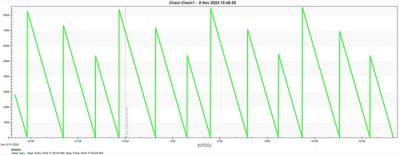
A key feature is the value outputted by the “Optimal Strand at Time” and “Optimal N Strands at Time” data providers.
The Advantage Blog
The Ansys Advantage blog, featuring contributions from Ansys and other technology experts, keeps you updated on how Ansys simulation is powering innovation that drives human advancement.
